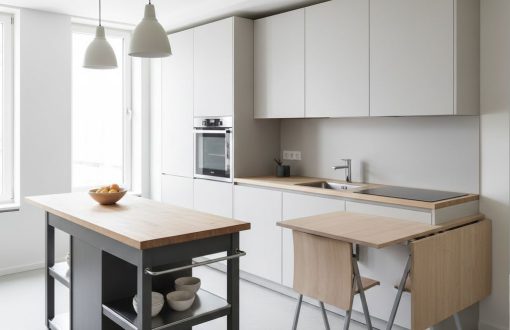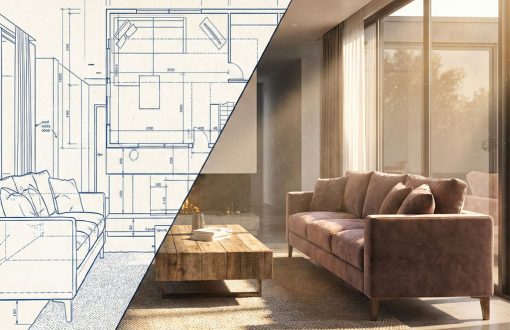Cost to Hire a Floor Plan Designer
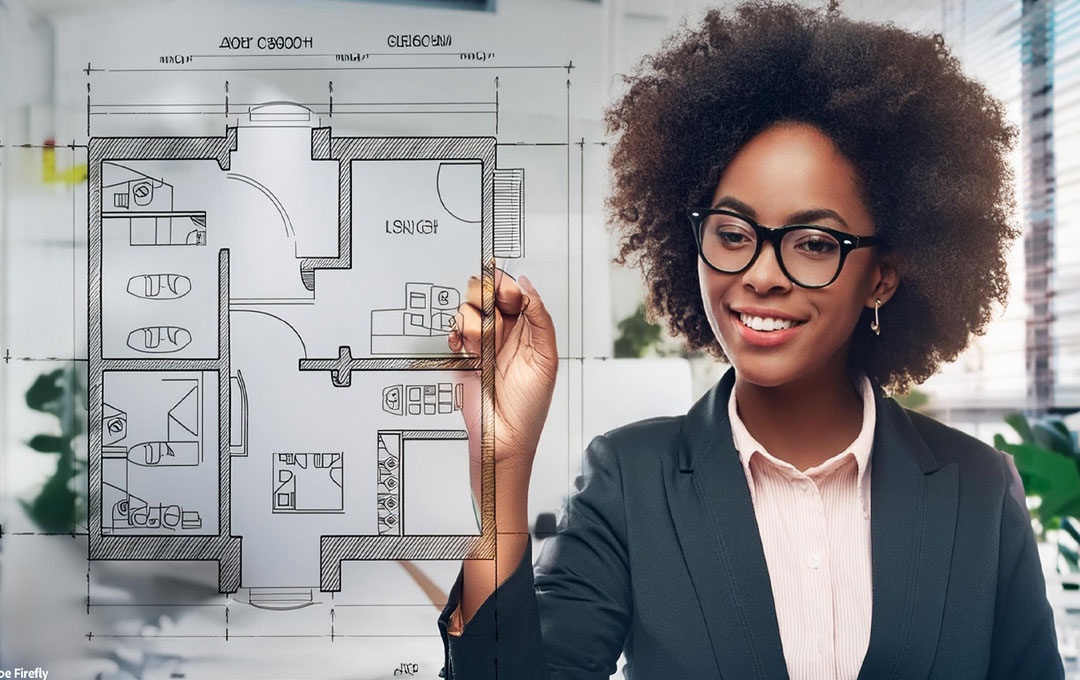
Understanding the Cost to Hire a Floor Plan Designer: A Simple Guide
Planning to design or remodel your home can be an exciting yet daunting task. One of the most crucial steps in this process is creating a well-thought-out floor plan that maximizes both functionality and aesthetics. This is where a professional floor plan designer comes in. These experts bring a wealth of knowledge and creativity to the table, ensuring your space is designed to suit your needs and preferences perfectly. However, one common concern many homeowners have is understanding the cost associated with hiring a floor plan designer.
 |
The cost of hiring a floor plan designer can vary widely, and if you’re not familiar with the typical expenses and pricing models, it can feel overwhelming. How much should you expect to pay? What factors influence these costs? How do different pricing models work? These are all important questions to consider before embarking on your design journey.
In this blog post, we’ll break down the typical costs associated with hiring a floor plan designer in simple terms. We’ll explore the various pricing models they might use, such as hourly rates, flat fees, and charges per square foot. By the end of this post, you’ll have a clearer understanding of what to expect financially and be better prepared to make an informed decision. Whether you’re building a new home, planning a major renovation, or just reconfiguring a few rooms, knowing the cost to hire a floor plan designer is a vital step in turning your dream home into a reality.
Why Hire a Floor Plan Designer?
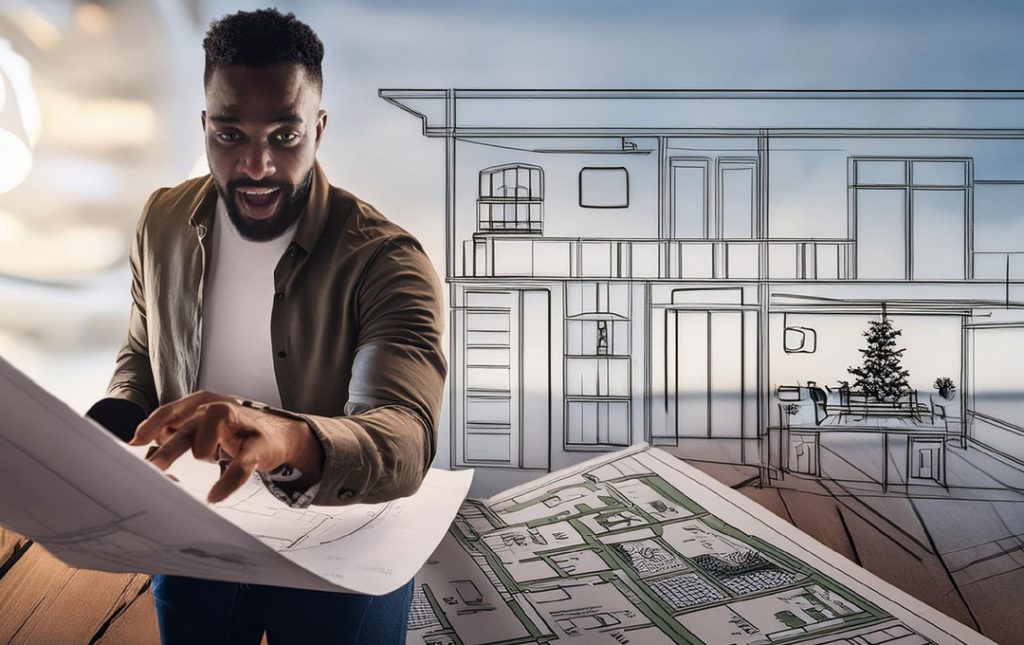 Imagine you have a vision for your dream home. You might have ideas about an open-concept kitchen, a cozy reading nook, or a spacious living room with plenty of natural light. Turning these ideas into a cohesive and functional floor plan can be a complex puzzle. This is where a floor plan designer becomes invaluable. Here are several reasons why hiring a floor plan designer is a smart investment for your home project.
Imagine you have a vision for your dream home. You might have ideas about an open-concept kitchen, a cozy reading nook, or a spacious living room with plenty of natural light. Turning these ideas into a cohesive and functional floor plan can be a complex puzzle. This is where a floor plan designer becomes invaluable. Here are several reasons why hiring a floor plan designer is a smart investment for your home project.
Expertise and Experience
Floor plan designers are trained professionals with a deep understanding of space planning, architectural principles, and design aesthetics. They know how to balance practicality with beauty, ensuring that your home is not only visually appealing but also highly functional. For example, they can recommend the best layout for natural light flow, optimal furniture placement, and effective use of space, which you might overlook.
Personalized Design Solutions
A floor plan designer will work closely with you to understand your lifestyle, needs, and preferences. Whether you need a home office, an accessible bathroom, or extra storage space, they tailor the design to meet your specific requirements. For instance, if you have a growing family, the designer might suggest flexible spaces that can evolve as your needs change, such as a playroom that can later be converted into a study.
Efficiency and Time-Saving
Designing a floor plan is a time-consuming process that requires meticulous attention to detail. A professional designer streamlines this process, saving you countless hours of research, drawing, and planning. They have the skills to quickly identify potential issues and offer solutions, which can significantly speed up your project timeline. For example, they can efficiently navigate building codes and regulations, preventing costly delays.
Avoiding Costly Mistakes
One of the most significant advantages of hiring a floor plan designer is their ability to foresee and avoid potential problems. Mistakes in home design can be expensive to fix once construction has started. A designer’s expertise helps you avoid these pitfalls by planning everything meticulously from the start. For example, they can ensure that load-bearing walls are correctly positioned and that plumbing and electrical systems are properly integrated into the design.
Enhancing Property Value
A well-designed floor plan not only improves your living experience but can also increase your home’s resale value. Prospective buyers are often drawn to homes with efficient and attractive layouts. By investing in a professional designer, you’re not only creating a space that suits your current needs but also making a smart investment for the future. For instance, a designer might suggest an open floor plan that is highly desirable in today’s real estate market, potentially boosting your property’s appeal and value.
Access to Resources and Networks
Floor plan designers often have a network of trusted contractors, suppliers, and other professionals in the industry. This can be incredibly beneficial when it comes to sourcing materials or hiring reliable builders. For example, a designer might have connections with local contractors who offer high-quality work at competitive prices, ensuring your project stays within budget while maintaining excellent standards.
Visualization and Realization
With modern design tools and software, floor plan designers can create detailed visualizations of your future home. These 3D renderings provide a realistic view of the final product, allowing you to see how different elements will look and feel together. This not only helps in making informed decisions but also gives you a tangible preview of your dream home. For instance, you can visualize how a particular paint color or flooring option will look in a space before making any commitments.
Typical Costs Involved
When hiring a floor plan designer, it’s important to understand the typical costs involved to better manage your budget and set realistic financial expectations. These costs can vary widely depending on factors such as the designer’s experience, the complexity of the project, and the chosen pricing model. Here’s a detailed breakdown of the typical costs you might encounter.
Initial Consultation Fees
Many floor plan designers charge an initial consultation fee to discuss your project, understand your needs, and assess the scope of work. This fee can range from $100 to $300 and is often credited towards the total project cost if you decide to proceed with their services. The initial consultation is crucial for establishing a clear vision and ensuring that the designer is a good fit for your project.
Design Fees
Design fees constitute the bulk of the cost when hiring a floor plan designer. These fees can be structured in various ways—hourly rates, flat fees, or per square foot charges.
Hourly Rates: Designers may charge between $50 and $200 per hour, depending on their experience and location. For example, a seasoned designer in a major city might charge $150 per hour, while a less experienced designer in a smaller town might charge $60 per hour. The total cost can vary significantly based on the number of hours required, which is often influenced by the complexity and size of the project.
Flat Fees: For a comprehensive project, designers might offer a flat fee ranging from $1,500 to $10,000. A simple residential floor plan might cost around $2,500, whereas a more complex commercial project could be closer to $10,000. This model provides clarity on the total cost upfront, helping you plan your budget more effectively.
Per Square Foot: This pricing model involves charging a specific rate per square foot of the space being designed, typically ranging from $1 to $10 per square foot. For instance, designing a 2,000 square foot home might cost between $2,000 and $20,000, depending on the rate and the project’s complexity.
Revisions and Additional Services
Design projects often require revisions based on client feedback or unforeseen challenges. Some designers include a set number of revisions in their initial fee, while others charge extra for each round of changes. Revision fees can range from $50 to $150 per hour. Additionally, services such as 3D renderings, interior design consultations, or detailed construction drawings might incur extra charges. These additional services can enhance the final outcome but should be factored into your overall budget.
Travel and Site Visit Expenses
If your project requires the designer to travel to your location for site visits or meetings, travel expenses might be an additional cost. These can include transportation, accommodation, and daily allowances, depending on the distance and duration of the visit. Travel fees can vary widely but typically range from $100 to $500 per visit.
Permitting and Approval Fees
In some cases, you might need to obtain permits or approvals from local authorities for your floor plan. While this process is usually your responsibility, some designers offer to handle it for an additional fee. Permitting fees can vary based on local regulations but generally range from $200 to $1,000.
Different Pricing Models
 When understanding the cost to hire a floor plan designer, it’s essential to consider various pricing models to determine which best fits your needs and budget. Three common pricing models are hourly rates, flat fees, and per square foot charges. Each model has distinct characteristics, advantages, and potential drawbacks, which can influence the overall cost and scope of the project.
When understanding the cost to hire a floor plan designer, it’s essential to consider various pricing models to determine which best fits your needs and budget. Three common pricing models are hourly rates, flat fees, and per square foot charges. Each model has distinct characteristics, advantages, and potential drawbacks, which can influence the overall cost and scope of the project.
Hourly Rates
Hourly rates are a common pricing model for floor plan designers, particularly for projects with an uncertain scope or those that require ongoing adjustments and consultations. Designers typically charge an hourly fee, which can range from $50 to $200 per hour, depending on their experience, location, and the complexity of the project. This model is beneficial for clients who need flexibility and want to pay only for the time spent on their project. However, hourly rates can sometimes lead to unpredictability in the final cost, especially if the project scope expands or requires additional revisions. Clients must monitor the hours worked to ensure the project stays within budget.
Flat Fees
A flat fee model involves the designer providing a fixed price for the entire project, usually between $1,500 and $10,000 based on an agreed-upon scope of work. This pricing model is advantageous for clients who prefer a clear, upfront understanding of their financial commitment. It eliminates the uncertainty of fluctuating costs and allows for better budget planning. Flat fees are typically determined by evaluating the project’s complexity, size, and anticipated time investment. However, clients must ensure that the scope of work is thoroughly defined in the contract to avoid any disputes or additional charges for scope changes. This model works well for well-defined projects with limited scope changes.
Per Square Foot
Charging per square foot is another prevalent pricing model, especially for larger commercial or residential projects. In this model, the designer charges a specific rate based on the total square footage of the space being designed. Rates typically range from $1 to $10 per square foot. This rate can vary depending on factors like the project’s location, the complexity of the design, and the designer’s expertise. The per-square-foot model provides a straightforward and scalable way to estimate costs, making it easier for clients to understand and compare prices for different projects or designers. However, this model may not account for the varying levels of detail or complexity within different areas of the project, potentially leading to higher costs for simpler spaces and undervaluing more complex areas.
Choosing the Right Designer
Choosing the right floor plan designer is crucial for the success of your project. The first step is to assess the designer’s portfolio to ensure their style and experience align with your vision. Look for designers who have worked on similar projects and can demonstrate a track record of successful designs. Additionally, consider their qualifications and professional affiliations, which can indicate a level of credibility and commitment to industry standards. Personal recommendations and reviews can also provide valuable insights into a designer’s reliability and work quality.
Communication is another key factor. The designer should be able to clearly understand your needs and preferences, and translate them into a functional and aesthetically pleasing design. A good designer will listen to your ideas, provide professional advice, and keep you informed throughout the process. Effective communication helps ensure that the project stays on track and meets your expectations.
Choosing the Right Pricing Model
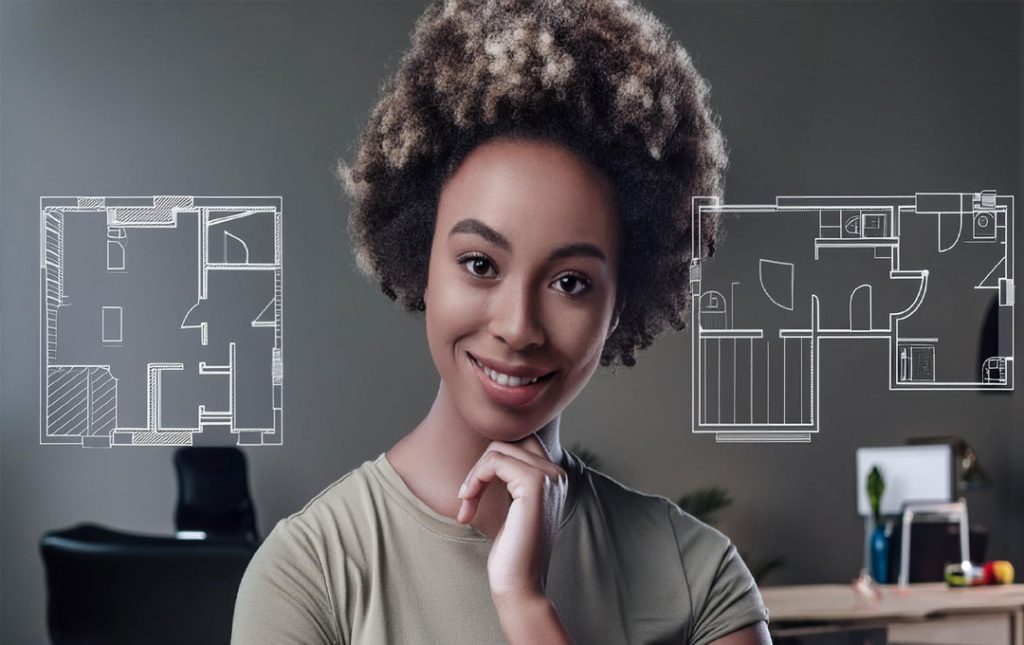 Selecting the appropriate pricing model is just as important as choosing the right designer. The right model can help manage your budget and set clear financial expectations. Each pricing model—hourly rates, flat fees, and per square foot—has its own advantages and is suited to different types of projects.
Selecting the appropriate pricing model is just as important as choosing the right designer. The right model can help manage your budget and set clear financial expectations. Each pricing model—hourly rates, flat fees, and per square foot—has its own advantages and is suited to different types of projects.
For projects where the scope is likely to change or where ongoing adjustments are expected, an hourly rate can be beneficial. This model allows for flexibility and ensures you only pay for the time the designer actually works on your project. However, it can be challenging to estimate the total cost upfront, which might be a concern if you have a tight budget.
A flat fee model is ideal for projects with a clearly defined scope and limited likelihood of changes. It offers the advantage of a fixed cost, which makes budgeting simpler and reduces financial uncertainty. Ensure that the contract outlines all expected deliverables to avoid additional charges.
The per square foot model is particularly useful for large projects where the overall size of the space is a significant factor. It provides a straightforward way to calculate costs based on the area being designed. This model is easy to understand and compare across different designers, but it may not account for variations in the complexity of different spaces within the project.
Conclusion
Hiring a floor plan designer involves various costs, but understanding these can help you budget effectively and avoid surprises. The main expenses include the initial consultation fee, which helps you and the designer get on the same page. Then, there are the design fees, which can be charged by the hour, as a flat fee, or per square foot, depending on the designer and your project.
Revisions and extra services, like 3D renderings or interior design consultations, might cost more but can add value to your project. Travel expenses can also come into play if the designer needs to visit your site, and there might be fees for obtaining necessary permits.
By knowing these typical costs and discussing them with potential designers, you can make informed decisions and ensure your project stays within budget. This simple guide provides a clearer picture of what to expect, helping you hire the right floor plan designer for your needs.


